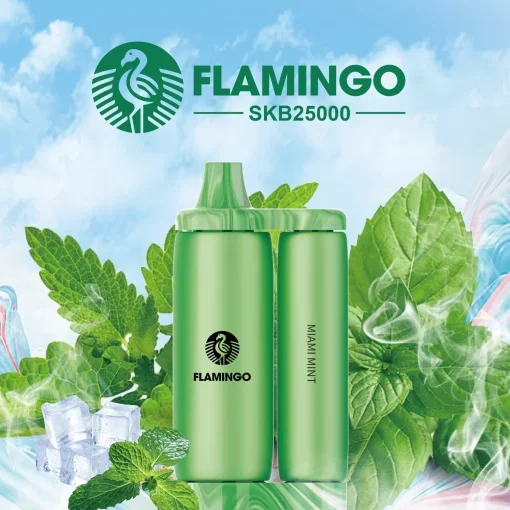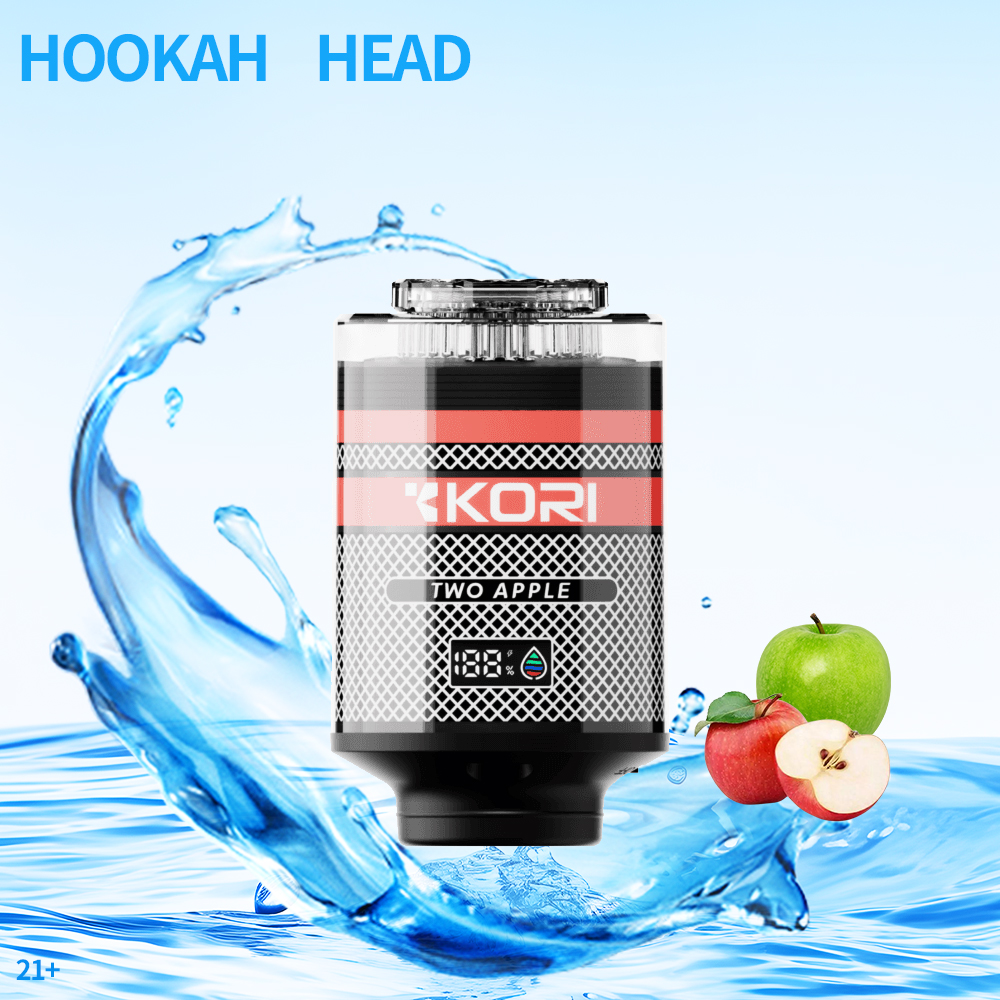The Rise of Vaping: A Comprehensive Guide to the Evolving Landscape of E-Cigarettes
In recent years, vaping has surged in popularity among adults and teens alike, positioning itself as a modern alternative to traditional smoking. Understanding its rise requires a deep dive into the world of e-cigarettes, the technology behind them, and the reasons for their widespread acceptance. This article explores the multifaceted nature of vaping, its health implications, and what the future holds for this innovative way of enjoying nicotine.
The History of Vaping
Vaping originated in the early 2000s with the invention of the first commercial e-cigarette by Hon Lik, a Chinese pharmacist. Initially created as a smoking cessation tool, e-cigarettes quickly gained traction as a lifestyle choice rather than solely a substitute for traditional cigarettes. By the mid-2010s, a plethora of flavors and devices had emerged, catering to a broad audience and signifying a significant cultural shift.
Understanding E-Cigarettes: How They Work
E-cigarettes work through a straightforward mechanism: a battery-powered device heats a liquid, known as e-liquid or vape juice, to a temperature that transforms it into aerosol, which is then inhaled. The primary components of these devices include:
- Battery: Supplies power to the heating element, usually rechargeable.
- Atomizer: Heats the e-liquid to create vapor. Can be a sub-ohm or regular atomizer, impacting the type of vapor produced.
- Tank: Holds the e-liquid and is responsible for feeding it to the atomizer.
- Drip Tip: The mouthpiece from which users inhale the vapor.
Developments in technology have led to various models, from disposable e-cigarettes to advanced personal vaporizers known as mods, which allow customization of settings for a tailored experience.
The Appeal of Vaping: Why It’s Gaining Popularity
Several factors contribute to the popularity of vaping:
- Variety of Flavors: Unlike traditional cigarettes, vaping liquid comes in an impressive array of flavors such as fruit, candy, and dessert, attracting a diverse demographic.
- Social Acceptance: Vaping is often viewed as more socially acceptable compared to smoking, especially in public settings.
- Perceived Harmlessness: Many users perceive vaping as a less harmful alternative to smoking, as e-liquid does not contain tar or many of the harmful substances found in combustible tobacco.
- Customization: Vapers can control the level of nicotine, flavor, and vapor production, allowing for a personalized experience.
Health Implications of Vaping
The health implications of vaping are a subject of ongoing research. While many agree that vaping is less harmful than smoking traditional cigarettes, it is not without risks. Some notable points to consider include:
- Nicotine Addiction: Most e-liquids contain nicotine, which can lead to addiction, especially among younger users.
- Respiratory Issues: Vaping has been linked to an increased risk of respiratory issues, although it lacks the multitude of carcinogens found in tobacco smoke.
- Popcorn Lung: Some flavorings, particularly diacetyl, have been associated with a condition known as popcorn lung, leading to concerns over certain flavorings used in e-liquids.
It is essential for consumers to be aware of these risks and make informed choices regarding their vaping habits.
The Shift in Regulations and the Industry
As vaping has grown in popularity, so too have concerns surrounding its regulation. Governments worldwide are grappling with how to regulate vaping products effectively:
- Age Restrictions: Many countries have instituted age restrictions to prevent minors from accessing vaping products, similar to laws governing alcohol and tobacco.
- Flavor Bans: In some regions, there have been calls for bans on flavored e-liquids, aiming to deter youth from initiating nicotine use.
- Quality Control: Regulations focusing on manufacturing standards ensure product safety, reducing risks associated with poor-quality products.
The industry's response has been varied, with manufacturers pushing back against overly restrictive regulations while advocating for responsible use among consumers.
The Future of Vaping
Looking ahead, the vaping landscape is poised for further transformation:
- Innovative Technology: Expect continuous advancements in vaporizer technology, enhancing user experience through improved battery life, efficiency, and vapor quality.
- Increased Research: As more research emerges, health claims and risks associated with vaping will be better understood, shaping public perception and regulatory responses.
- Sustainability Movements: With growing awareness regarding environmental impact, manufacturers may innovate eco-friendly solutions, such as recyclable or biodegradable materials.
The future may reveal a more regulated and socially responsible vaping community that prioritizes safety and education.
Conclusion: The Ongoing Debate and Education
As the debate around vaping continues, it is vital for consumers to educate themselves on the products they use. Understanding the risks and benefits associated with vaping can lead to more responsible usage, contributing positively to individual health and community safety.





